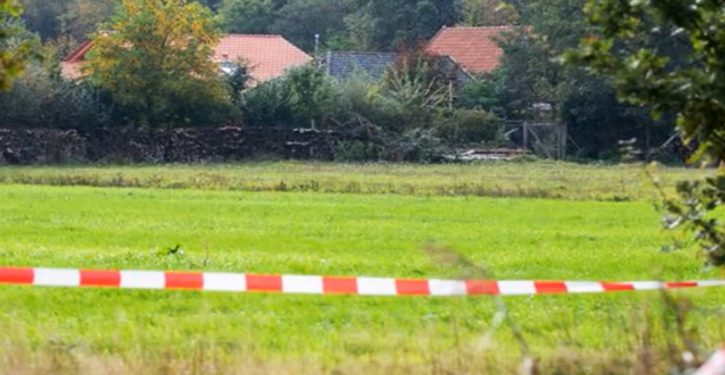
Green activists want to ban nitrogen fertilizer, which is essential to feeding the world’s people. When nitrogen fertilizer is banned, farms can produce only a fraction of what they once produced. When Sri Lanka followed green activists’ advice to get rid of nitrogen fertilizers, its economy and farm sector collapsed this year, leaving millions of people hungry and broke, and fields lying empty. Now, the Netherlands is planning to restrict nitrogen fertilizer use, which could reduce farm yields by 30%, and increase world hunger, because the Netherlands is the world’s second largest food exporter, feeding many of the world’s people, even though it has 200 times less land than the United States.
Banning nitrogen fertilizer is stupid. But there are ways to reduce the amount of fertilizer farmers need, without any government restrictions at all.
One way is genetically-engineered rice. It needs less fertilizer than traditional rice, while yielding more food, reports Ars Technica:
Nitrogen fertilizer is made from natural gas. Extracting and burning natural gas is harming life on our planet…But food crops, like all plants, need that nitrogen. It’s quite the conundrum, especially since the human population relying on those crops is slated to grow over the next few decades, while the acreage of arable land is slated to drop.
In response, genetic engineers in China have been developing crops that can thrive with less nitrogen, and they made a strain of rice with a yield that’s 40 to 70 percent higher than that of regular rice. It has more grain per branch, each grain particle is bigger and denser, and the plants flowered earlier. Most breeding methods currently used in cereal crops can only generate a yield increase of less than 1 percent, so this is a pretty big deal….The resulting rice plants were put in fields with different environmental conditions: temperate fields near Beijing, tropical fields in Hainan province, and subtropical fields in Zhejiang province.
Over the course of three years, all of the rice plants exhibited enhanced photosynthetic capacity and improved nitrogen use efficiency. They had more chlorophyll and more and larger chloroplasts than wild-type rice. They also had more efficient nitrogen uptake in their roots than wild-type rice, and they had more efficient transport of that nitrogen from their roots to their shoots than wild-type rice. This elevated their grain yield, even when the plants were grown with less nitrogen fertilizer.
Other experiments were done with the transgenic plants grown hydroponically and in rice paddies, and they did equally well.
So genetic engineering has obvious environmental benefits, by allowing a reduction in the burning of natural gas. It would also leave more natural gas for other uses, such as home heating and industrial production.
Yet some green extremists oppose genetic engineering, notes molecular biologist Henry Miller. Green extremists have gotten left-wing local governments in California to ban genetic engineering that can be used to create drought-resistant crops that conserve water and other natural resources. The result is that these green activists have harmed the environment.



